proper proportions for peat moss (tree planting)
gw409
11 years ago
Featured Answer
Sort by:Oldest
Comments (23)
allen456
11 years agorhizo_1 (North AL) zone 7
11 years agoRelated Professionals
Edmond Landscape Architects & Landscape Designers · Clemson Landscape Architects & Landscape Designers · Choctaw Landscape Contractors · Concord Landscape Contractors · Edwardsville Landscape Contractors · Lyndhurst Landscape Contractors · Manhattan Landscape Contractors · St. Louis Landscape Contractors · Wickliffe Landscape Contractors · Clemmons Decks, Patios & Outdoor Enclosures · Crystal Lake Decks, Patios & Outdoor Enclosures · Green Bay Decks, Patios & Outdoor Enclosures · Hot Springs Village Decks, Patios & Outdoor Enclosures · Livingston Decks, Patios & Outdoor Enclosures · Randallstown Decks, Patios & Outdoor EnclosuresKimmsr
11 years agogardengal48 (PNW Z8/9)
11 years agoLloyd
11 years agoblazeaglory
11 years agoKimmsr
11 years agoTiffany, purpleinopp Z8b Opp, AL
11 years agojrmckins
11 years agomackel_in_dfw
11 years agotoxcrusadr
11 years agoblazeaglory
11 years agodarth_weeder
11 years agogardengal48 (PNW Z8/9)
11 years agotoxcrusadr
11 years agovsashley1313
8 years agokokopellifivea
8 years agogumby_ct
8 years agogardengal48 (PNW Z8/9)
8 years agolast modified: 8 years agotoxcrusadr
8 years agolazy_gardens
8 years agocoppice
8 years ago
Related Stories
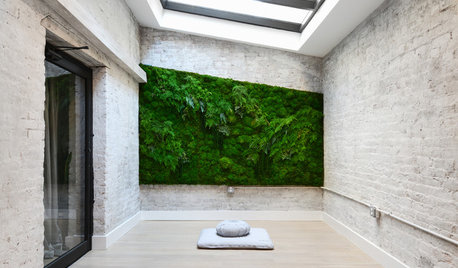
GREEN BUILDINGWorld of Design: The Joy of Moss and Its Modern Uses
This great design plant is 400 million years in the making. See how it’s inspiring art, soothing spaces and building design
Full Story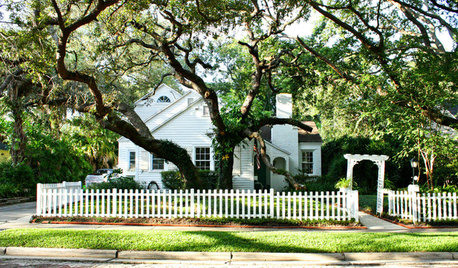
TREESGreat Design Plant: Southern Live Oak Offers an Unbeatable Canopy
Keep it dense or prune it for more light. No matter how you grow Quercus virginiana, it’s a majestic addition to its native landscape
Full Story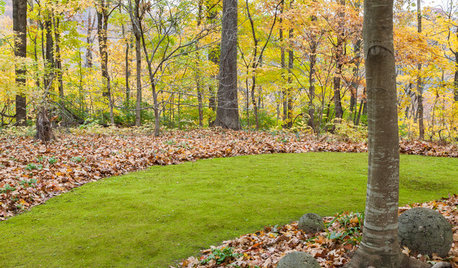
LANDSCAPE DESIGNMoss: Nature’s Carpet for the Garden
Learn how to grow and use this ancient and mysterious natural wonder for delightful texture in the landscape
Full Story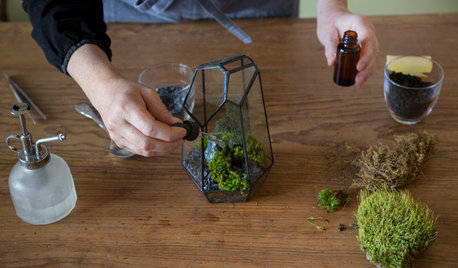
DIY PROJECTSHouzz DIY: Make a Mini Moss Sanctuary
This easy-to-assemble terrarium brings the joy of moss to your tabletop or shelf
Full Story
HOUSEPLANTSBaby Tears Mimics Moss for a Green Accent Indoors
This adaptable spreader thrives in water or soil, making it a terrific addition to containers and living walls
Full Story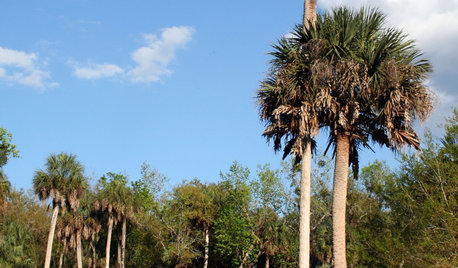
TREESGreat Design Plant: Sabal Palm Enchants in Balmy Sites
Towering and tolerant, this tree blends in, stands out and happily stars in vacation photos
Full Story
GARDENING FOR BIRDSFeed the Birds: 6 Plants for Abundant Winter Berries
Be kind to your fair feathered friends during lean food times by planting a shrub or tree loaded with nutritious snacks
Full Story
GARDENING GUIDESThe Beauty of Bare-Root Plants
Plant dormant trees and shrubs in fall using the easy, affordable bare-root method and enjoy beautiful results in spring
Full Story
GARDENING GUIDESHow to Find the Right Native Plants for Your Yard
Find plant maps, sale sites and guides that make going native in the garden easier than ever
Full Story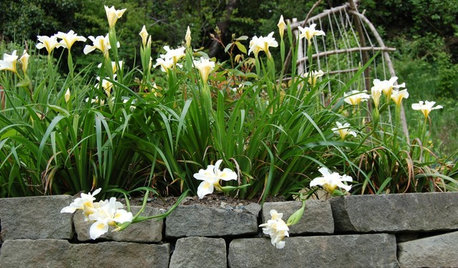
GARDENING GUIDESTop 10 Native Plants for the Pacific Northwest
More than just gorgeous and adaptable, these standout plants convey a sense of place
Full Story







lazy_gardens